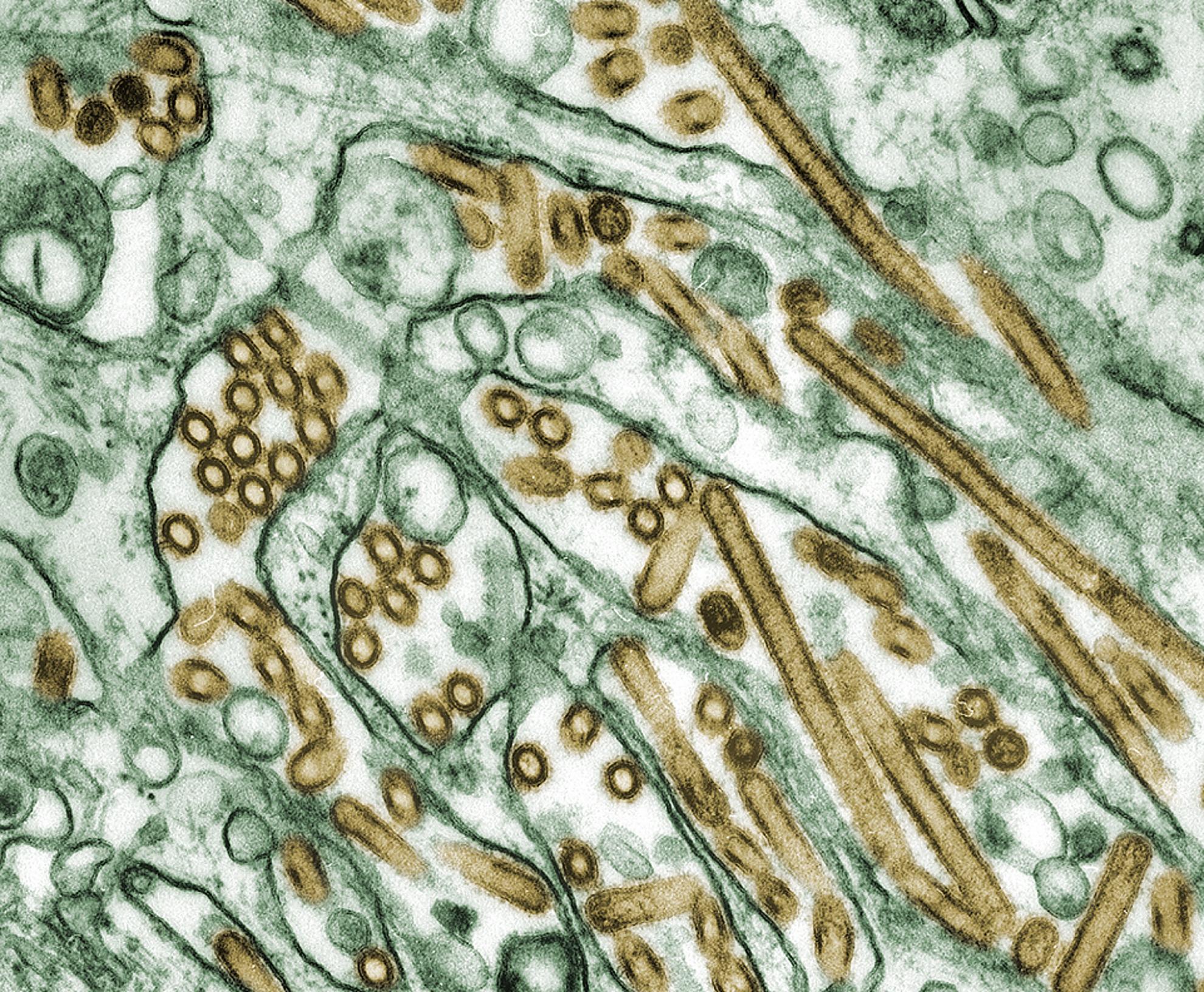Mutations in H5N1 influenza virus hemagglutinin that confer binding to human tracheal airway epithelium
The emergence in 2009 of a swine-origin H1N1 influenza virus as the first pandemic of the 21st Century is a timely reminder of the international public health impact of influenza viruses, even those associated with mild disease. The widespread distribution of highly pathogenic H5N1 influenza virus in the avian population has spawned concern that it may give rise to a human influenza pandemic. The mortality rate associated with occasional human infection by H5N1 virus approximates 60%, suggesting that an H5N1 pandemic would be devastating to global health and economy. To date, the H5N1 virus has not acquired the propensity to transmit efficiently between humans. The reasons behind this are unclear, especially given the high mutation rate associated with influenza virus replication. Here we used a panel of recombinant H5 hemagglutinin (HA) variants to demonstrate the potential for H5 HA to bind human airway epithelium, the predominant target tissue for influenza virus infection and spread. While parental H5 HA exhibited limited binding to human tracheal epithelium, introduction of selected mutations converted the binding profile to that of a current human influenza strain HA. Strikingly, these amino-acid changes required multiple simultaneous mutations in the genomes of naturally occurring H5 isolates. Moreover, H5 HAs bearing intermediate sequences failed to bind airway tissues and likely represent mutations that are an evolutionary "dead end." We conclude that, although genetic changes that adapt H5 to human airways can be demonstrated, they may not readily arise during natural virus replication. This genetic barrier limits the likelihood that current H5 viruses will originate a human pandemic.
